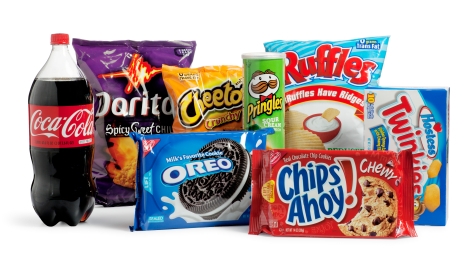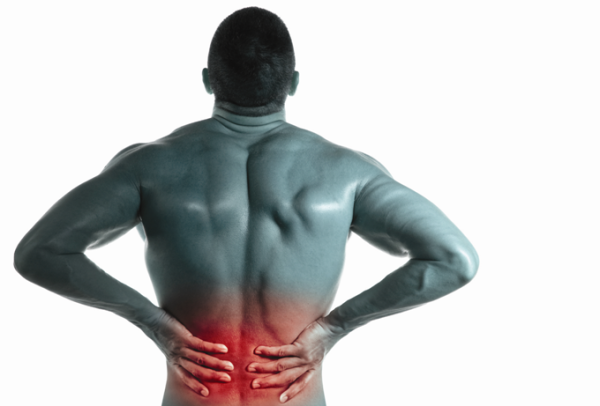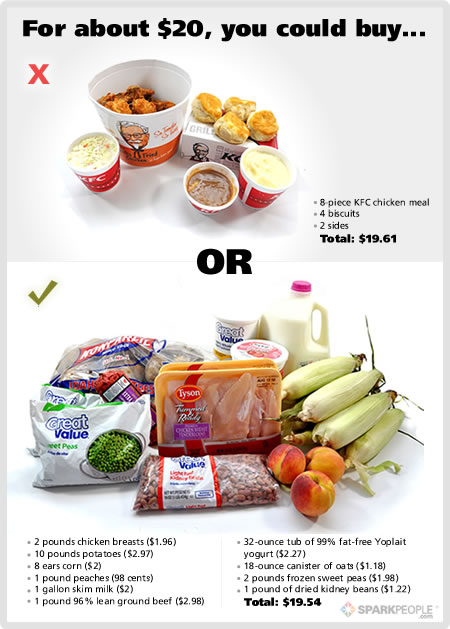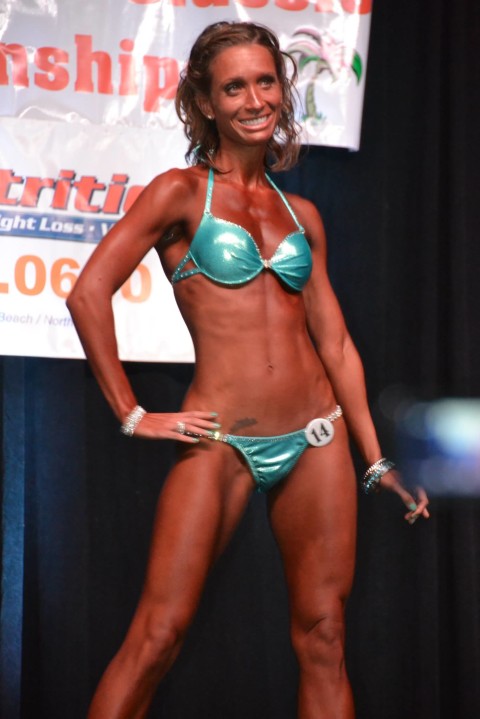Are outside factors controlling your emotions and well-being? These can be a job you don’t care for, a boss you can’t stand, a friend who always complains, etc. Negative outside factors can weigh on us and make obtaining optimal health an even bigger challenge. So what should you do?
Give your complaining friends the chance to be more positive around you and stay above the negativity. Don’t throw pity parties for yourselves. Everyone is in control of their current situation whether they want to admit it or not. If you don’t like your job, quit. If your boyfriend/husband treats you poorly, leave. If your kids are horribly misbehaved, put your foot down and change it. Easier said than done? Of course it is…if it was easy everyone would do it.
Here’s how I overcame my biggest negative outside factor: an unsatisfying, stressful career.
I found myself in a pretty miserable spot when I was just a few months pregnant. I was thrilled to be pregnant and had wanted it for what seemed like forever. BUT, big but, I was not happy with my job. It’s funny that sometimes our first job in life is the one we should stick with. I became a personal trainer when I was only 18 years old and in college for my degree in finance. I loved fitness but after graduating college I had 4 different corporate jobs with none better than the rest. I would either love the job and hate the boss or hate the job and love the co-workers — never feeling completely fulfilled and always very stressed out. I took work home at nights and weekends and gave it my all for seven years, thinking that at some point it would get better. I would constantly tell my husband that this just couldn’t be my life and I didn’t know how much longer I could do it for. The stress weighed so heavily on me and when I found out I was pregnant I started seriously doubting how I could raise a child with so much negativity constantly swimming in my brain. So what did I do? I gave up a six figure job to join my husband (in the middle of my pregnancy) in our personal training business. Helping people reach health is so fulfilling, brings a smile to my face, is stress-free, and provides the flexibility necessary for me to be the best mom to my daughter. Money doesn’t buy happiness (so true) but love, a happy marriage, a healthy baby and a stress free mommy sure do!
 If you’re thinking I’m crazy to suggest you quit your job, I’m not. Figure out what makes you happy and go get it. Find the friends that add to your life and only hang out with them. If someone/something is weighing you down then get rid of it — it/they are only getting in the way of your BEST YOU. Clean up your outside factors. Then tackling proper eating, exercise, etc. won’t seem so challenging because you’ll be HAPPY.
If you’re thinking I’m crazy to suggest you quit your job, I’m not. Figure out what makes you happy and go get it. Find the friends that add to your life and only hang out with them. If someone/something is weighing you down then get rid of it — it/they are only getting in the way of your BEST YOU. Clean up your outside factors. Then tackling proper eating, exercise, etc. won’t seem so challenging because you’ll be HAPPY.
This week’s homework is to identify the outside factors in your life. The positive ones and the negative ones. Can you change anything for the better immediately? Which ones can you fix in the near term and what need a long term strategy to improve (job, marriage, etc). Identify first then map out your plan for improvement or elimination. Happiness can be reached by everyone you just have to take the steps to achieve it!


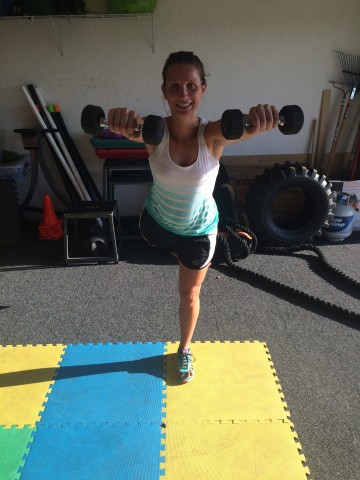
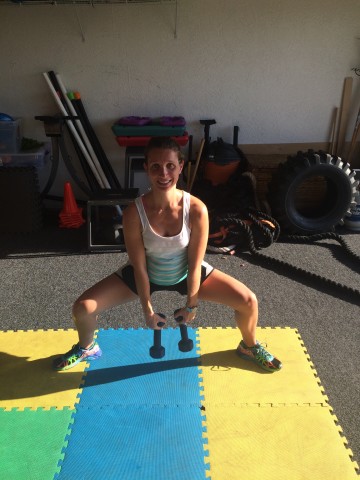

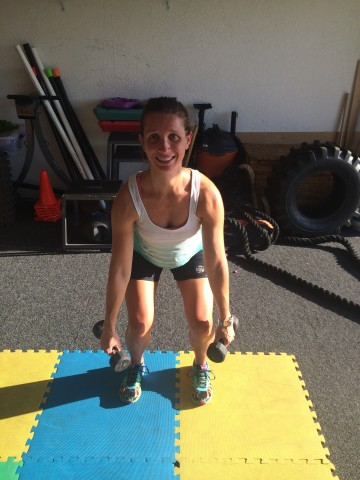


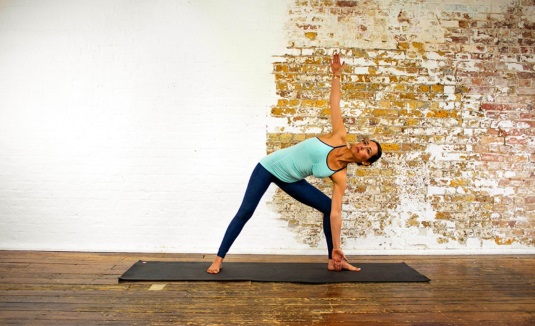
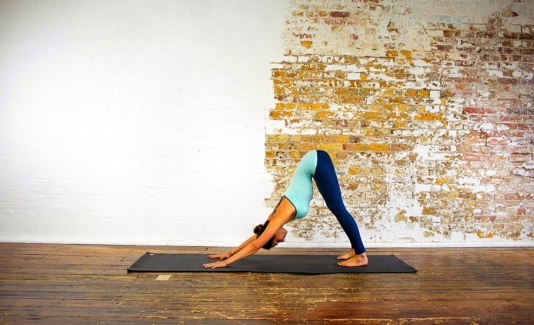 it on your heels, lower your head on the mat, stretch your arms forward. Go to the table pose. Push with your hands and straighten your legs. Extend your pelvic bones up and heels down. Let your head hang freely, stretch your waist
it on your heels, lower your head on the mat, stretch your arms forward. Go to the table pose. Push with your hands and straighten your legs. Extend your pelvic bones up and heels down. Let your head hang freely, stretch your waist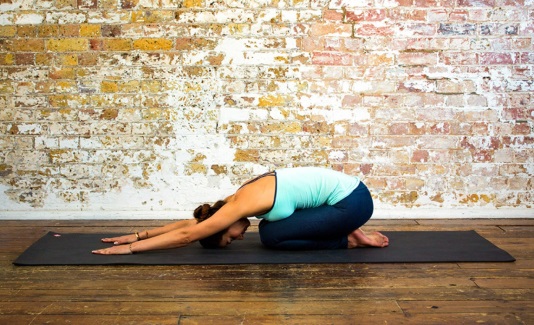 Lower your head as you sit on your heels. Stretch your arms forward on the floor.
Lower your head as you sit on your heels. Stretch your arms forward on the floor. Lie on your stomach. Press your palms against the floor at the level of your shoulders. Use your back muscles to raise your head and upper torso, then use arms. Straightening your arms, arch the chest section of your backbone. Look straight.
Lie on your stomach. Press your palms against the floor at the level of your shoulders. Use your back muscles to raise your head and upper torso, then use arms. Straightening your arms, arch the chest section of your backbone. Look straight.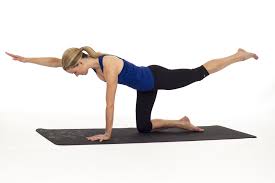
 Take the plank position. Move your weight onto the right hand. Rotate your torso lifting your left hand from the floor. Keep your legs together.
Take the plank position. Move your weight onto the right hand. Rotate your torso lifting your left hand from the floor. Keep your legs together.